This story is from the Observer’s Injustice and inequalities inside Augie magazine publication. Print March 2021.
It has been a year since the pandemic gripped the world with its contagion. Educators were thrown a curveball to continue teaching in the midst of a crisis affecting students, especially lower socio-economic, in a multitude of ways. Suddenly access to technology and wifi dictated how well a student would perform through distance/online learning.
“Last spring we had to pivot. We tried to collect as much information as we could from students to see what kind of technology needs there were. We really did not know what we were going to find,” Kristin Douglas, associate dean of the college and the head of the Learning to Learn Committee, said.
Augustana College started spring break one week early, March 23, 2020, after cases of the coronavirus sprung up around the Quad Cities. Shortly after, all in-person learning was moved online for the remainder of the term. A large number of students had to rush home, if possible, while state restrictions limited travel.
Matt DeBaene, assistant superintendent for secondary teaching and learning, oversees more than 7,000 students in the Moline-Coal Valley district. “Truthfully one of my biggest concerns is we know the spring was not good academically for our students in the country,” DeBaene said. “A lot of students missed instruction. I am particularly concerned for the kindergarteners to third graders because it is so developmental.”
Principal Steve Etheridge, who leads Bicentennial Elementary School, is a part of the Moline-Coal Valley district and for six years he has been overseeing 3,000 students ranging from kindergarten to fifth graders. Over the last decade, the Moline-Coal Valley district made a goal to give each student in kindergarten to fifth grade a Chromebook according to Etheridge and they achieved that goal.
“Learning without that technology during a pandemic I don’t know what we would have done,” Etheridge said. “At first things were very overwhelming for the staff, but also for the parents and students at home.” Etheridge said the spring term had some growing pains as teachers were having to not only teach curriculum online but also help fix technical issues.
The Student Teachers
Last fall, across the Mississippi River in Iowa, senior Emily Brooks was a student teacher to sixth graders in Bettendorf. Brooks said she had been understanding and graceful with a lot of late night emails detailing tech issues. “I think one of the biggest things I had to learn was to not generalize anybody.
“Teaching in Bettendorf is an affluent district so there shouldn’t be too many kids who have a lack of internet access. That was a shocker to me when I started. The amount of kids who didn’t have internet at home or even reliable internet.”
Factors of multiple guardians with differing wifi setups, rural students and just the overall demand for bandwidth in households with multiple individuals contributed to the struggle.
Michael Scarlett, chair and associate professor of education, said his group of students last spring were getting a first hand look at adapting education in the midst of the pandemic.
“Many of them are in communities of color, communities in lower socio-economic areas, areas particularly being hard hit with this transition to remote learning,” Scarlett said. “They’re in the trenches right now. They’re experiencing it and seeing the issues that families are facing right now.”
Now, many of those students were in charge of teaching the youth in the Quad Cities this past fall.
“I know at the beginning of the school year there was a [student] who didn’t have wifi at home,” Eric Johnson, senior teaching at United Township High School (HS) in East Moline, said. According to Johnson, there was only one student with a wifi issue for the courses he taught, but the student was unable to turn in assignments. After a lot of paperwork and forms, the school was able to provide wifi to the student’s home with the assistance of Mediacom. Johnson had “no doubt” the issue was occuring to others.
Mason Sargent, senior student teacher at United Township (HS), pushed his curriculum to handle the heavy content face to face during the few times hybrid students attended in-person. Even then the unpredictability of running in-person instruction with usually asymptomatic youth had its bumps.
“There was a potential positive case and students had to sequester, and along that process, a couple of my students had to and they didn’t have reliable internet access at home,” Sargent said. “This was during a time I assigned a big project. We worked around being more forgiving and graceful.”
The weather, also unpredictable, caused mass outages in the Quad City area early in the academic year. Naomi Beckley, senior student teacher at United Township (HS), said the derecho caused a full week of inactive wifi for her students who had no way of completing work.
“It has happened a couple times where students are having technology and wifi issues,” Beckley said. “There are students who are weeks and weeks behind because they don’t have access to online work and have to spend [more] time to catch up.”
Typically, according to Beckley, those affected students would come in during her lunch break to work on assignments. This would be the only extra time she could meet students in person.
Back in Bettendorf, Brooks mentioned cases of broken and malfunctioning Chromebooks where already slim time in the classroom had students headed to ITS.
“It has been tough for some of my students who come into class say[ing] their Chromebook isn’t working that period,” Brooks said. “So we send them down [to the media center] and in a good situation they are gone for maybe 5-10 minutes. That is 5-10 minutes of class that was cut off.”
Grace Harvey, senior student teacher at Woodrow Wilson Middle School in Moline, also mentioned episodes of malfunctioning school tech. Yet, her biggest struggle is seeing students who are unable to attain connectivity assistance.
“We did have a student last quarter who did not have wifi,” Harvey said. “The school and [the] Moline school district do provide some free hotspots to families, but they only had so many. This particular student did not get a hot spot, so basically when they went home after 12:15 [p.m.] they couldn’t do any work.”
Harvey is unaware if the student was later able to get assistance because after the quarter ended classes and students were changed up.
DeBaene said Mediacom helped connect rural families and those with poor connections. For families who were out of range they were given T-Mobile hotspots.
“It comes down to sustainability,” DeBaene said. “The hotspots you buy them one time and you’re good, you’re under a contract. You have to end up knowing how many you need. And then what funding source to sustain those with.” DeBaene mentions how teacher and student laptops have a recycling budget, but with the added stress of online learning the new unfunded mandates need bankroll.
“The revenue sources we have to maintain and lawmakers need to make sure the cost is supplemental in these feel good laws,” DeBaene said. “We’re in a recession and in a couple of years the effects will hit school districts. I am worried about unfunded mandates and having to spend our money in different ways.”
‘Learning to Learn’
the Uncertainty
The task for accessibility and technology was no different for Augustana students.
“The biggest issue that we faced and our students was connectivity to the internet rather than having hardware, a computer or a camera,” Douglas said. Over the summer, staff and students met under the Learning to Learn Committee to discuss how the college could assist students in need.
A mass survey was sent out to see which students needed hardware like laptops and cameras. According to Douglas, the college vyed for laptops, “so did the rest of the world,” and sent out at least 20 laptops to students.
Yet, the issue of connectivity was harder to confront as students were scattered across the country and overseas. Douglas recounts one example of the digital divide over the summer.
“I talked to one faculty member this summer who said that she had phone calls with her student who didn’t have internet access and the student also did not have a computer,” Douglas said. “The student hand wrote papers and took photos and sent them through their smartphone. The instructor was ‘Okay, I can take this. This works.’ Which was not ideal in any shape or form for anyone, but hopefully there was some learning that was happening. Even under those circumstances that were not ideal.”
Douglas heard from many students that were using their smartphone hotspots, but they were not reliable methods. Before Thanksgiving break, another survey was sent out by Douglas and most students out of 2,385 responded. “We have tried exhaustly to get that information from students,” Douglas said. “It has been helpful.”
ITS and the associate dean’s office asked students who voiced concerns of home wifi and tech issues to stay over the break and end the term on campus. This allowed students access to labs and campus wifi, as well as providing hardwire tech to students who needed assistance.
Wendy Ramsdale, IT specialist and student computing coordinator, wants students to know that ITS can hand out ethernet cables, allowing wired connections in residence halls, adaptors and other technology. But when it comes to remote learners off campus, there isn’t much ITS can offer. ITS expanded the network bandwidth last year as many colleges and universities face greater wifi demand.
Ramsdale has been working with students over the last twenty years while at Augustana. The virus has stressed departments and shown a need for improvement.
“Except for hiring more people, I don’t think that is going to happen,” Ramsdale said. “They are supportive [admin], they ordered what we needed, but the manpower is lacking. I think they know that. We are down at least four positions and our students are managing the check out, which is also a struggle. We are managing the best we can, just like everybody. We are hoping people are patient with us.”
Student Government Association (SGA) members Russell McNab, chief of staff and senior, and Senator Caleb Minnis, junior, were a part of the Learning to Learn Committee. They both reached out to students to help facilitate dialogue to see what could be done. Minnis said that even though we all attend Augustana, our backgrounds are not the same.
“For just the Augustana community, we often think just because we are in residence halls together and we are all eating together at CSL that everyone is similar in socio-economic standing, which is obviously not true,” Minnis said. “Students need to have more of an accepting, understanding of the demographics of Augustana and realize that not everyone is coming from the same background.”
Minnis mentioned that many students rent laptops through ITS. “Obviously when you apply to Augustana the wifi comes with it, but if you’re miles away at home, away from the Augustana community, you have to rely on that yourself.”
Michael Schroeder, professor of education, oversaw three science student teachers last fall and helped with crafting hybrid learning plans. At the beginning of August he was unsure on how long they would be able to meet students, but said they have done “remarkable” work with remote learning.
“We don’t know when students will be in this position again, hopefully never,” Schroeder said. “You don’t know that. I think beyond that it’s kind of opened our eyes to possibilities.”
Schroeder said the education department includes agenda setting time to discuss new tools and tips to better teach with technology.
Community Limited to Screens
Xong Sony Yang, director of student scholar services, said over the term the office would check in with international students around the world.
“What we found was students being deducted points for not participating in class,” Yang said. “For not attending class when it was 3 a.m. their time. They were not high functioning at the time.”
Yang said the office has become attuned to the applications that international students can use to communicate and reach out for assistance. They have been working with the administration to find solutions to a series of unique issues affecting connectivity. Including, but not limited to, monsoons, frequent outages and national shut downs of internet access.
“The only problems I think we are still facing are the international students that live in different time zones,” McNab said. “I know in a lab class we have [a student] living in a time zone where the lab would be at 3 a.m. The professor is working with him later at night and giving him the simulated lab. I know that is being worked out on a case by case basis.”
According to Yang, one of the largest issues felt by many international students is the screens themselves.
“Our international students continue to say it is either they are so Zoomed, Googled in for every single meeting and every single class,” Yang said. “Of course on top of that activities are on Zoom again and Google again. The one thing they say is ‘I miss the connection,’ you know connecting is so different when we are on a technology interface and it is much more difficult for them. Trying to is an added stressor. You can see them, but only on a computer.”
Effects on Our
Mental Health
As Yang shared, many international students are only communicating with the Augustana community through 14-inch screens. The sudden move to online and the ongoing struggle to adapt to isolation, at least physically, is causing great strife to many students of all ages.
“Sometimes it is killer to try to get them to respond to you, talk to you, and they bury their faces into their laptop,” Johnson said. “That is a whole other issue this year.”
Johnson said student participation is low and shared that teachers at United Township believed the masks were an “involuntary muscle” for students to hide behind.
“This is an emotionally difficult time for students,” Beckley said. “ I see teachers taking time during class to ask students how they are doing and giving extensions to students. That is something we need to keep doing after the pandemic is over.”
According to Harvey, each student has different learning, behavioral and emotional needs and it has cemented a large learning curve.
“[T]here are a lot of families struggling in a remote setting,” DeBaene said. “Without the support of the teacher, many students struggle.”


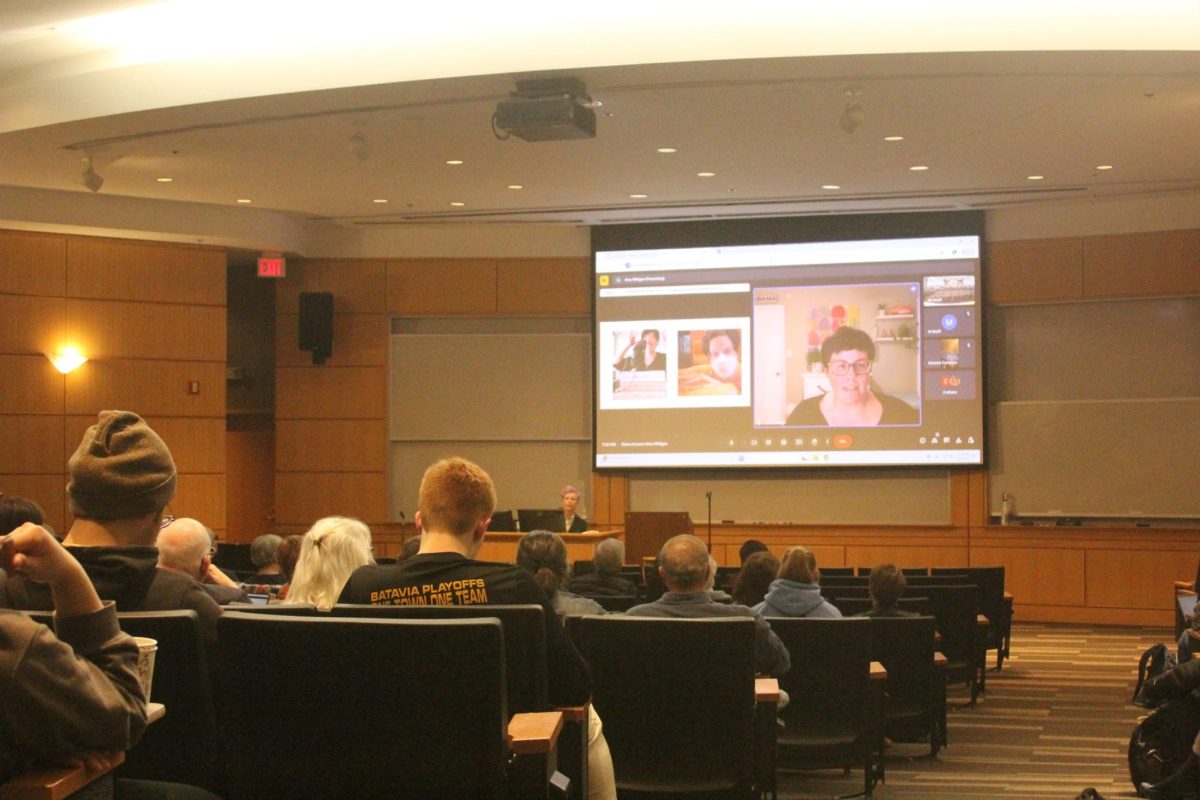

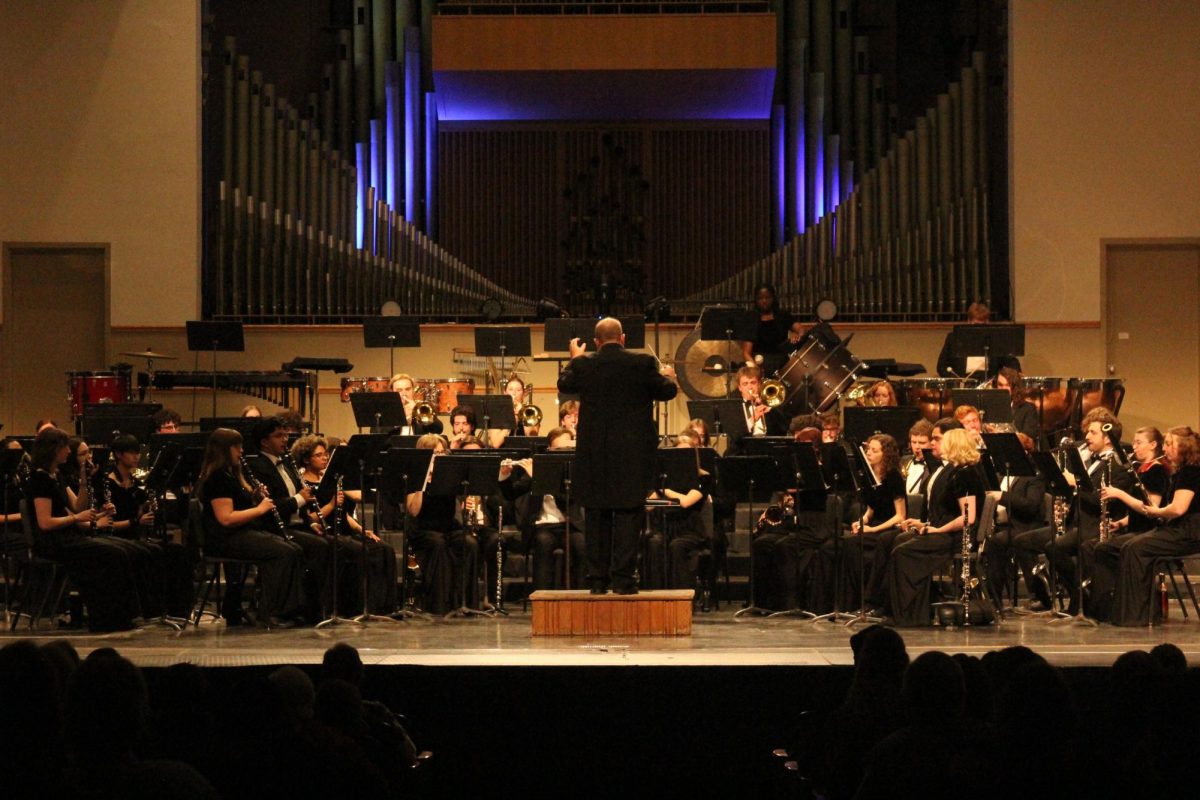

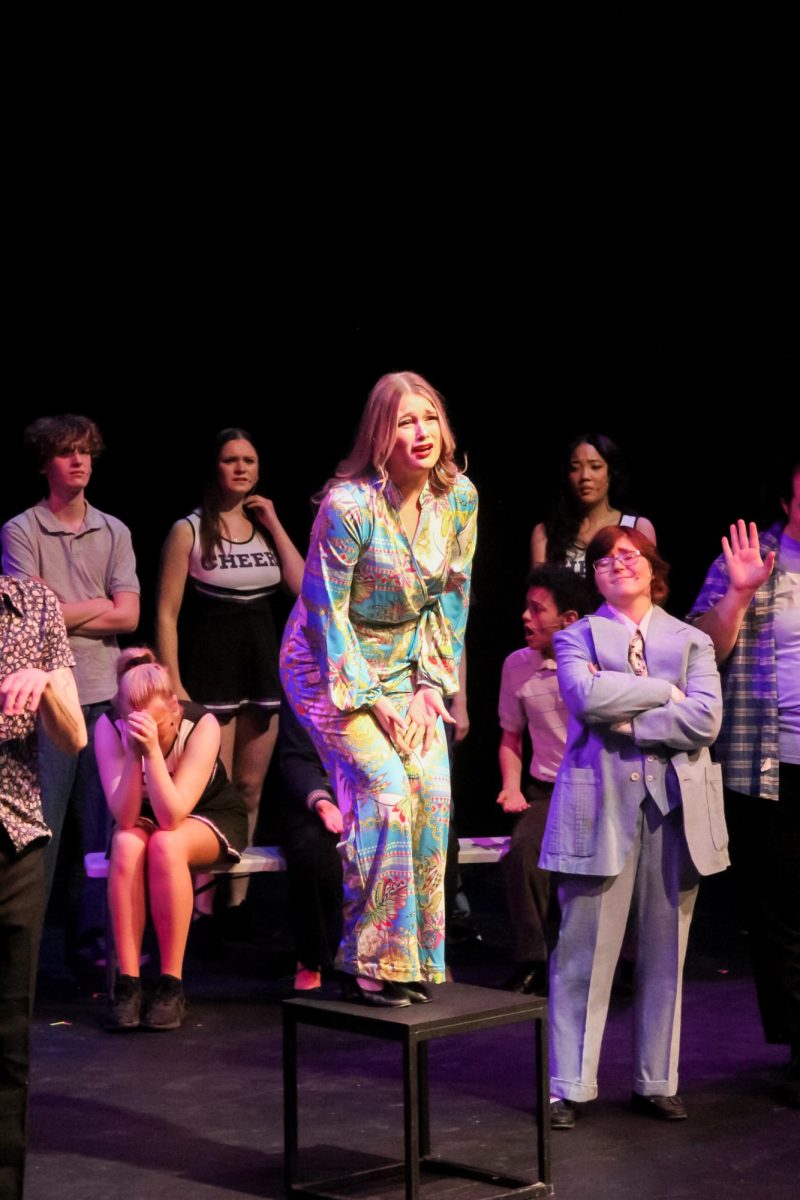
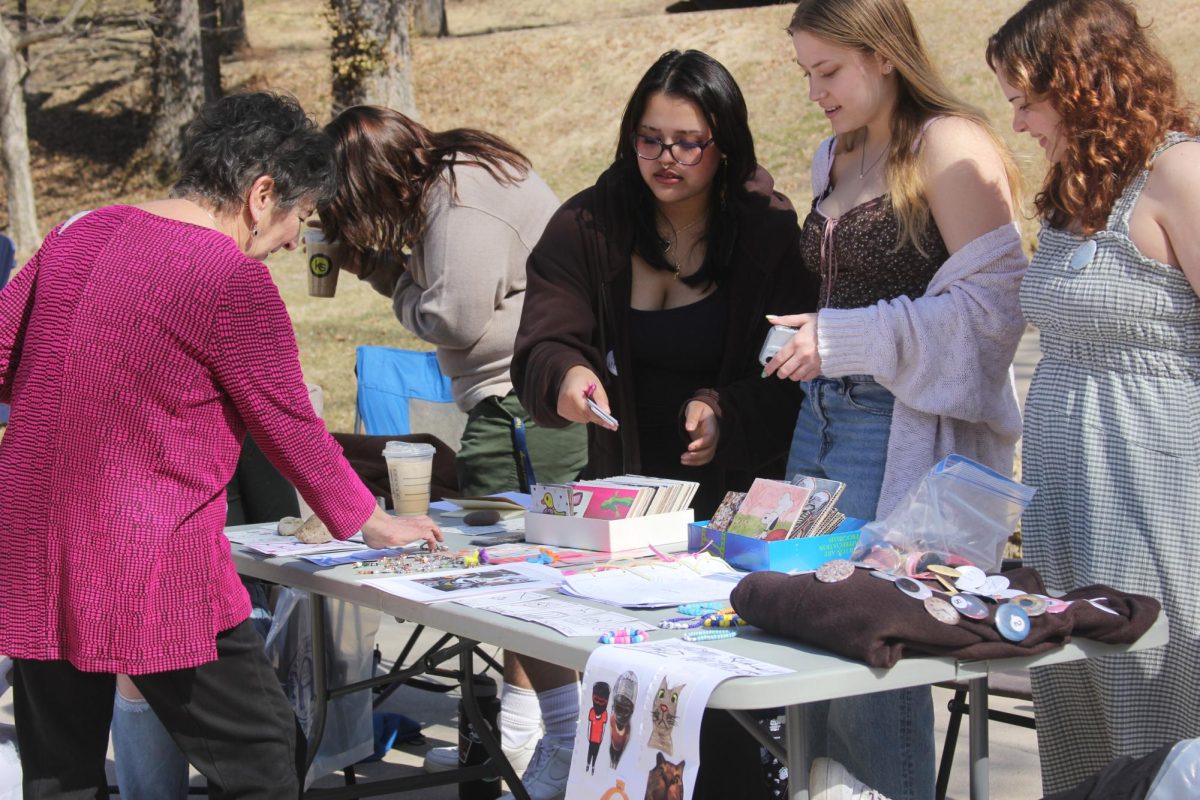




























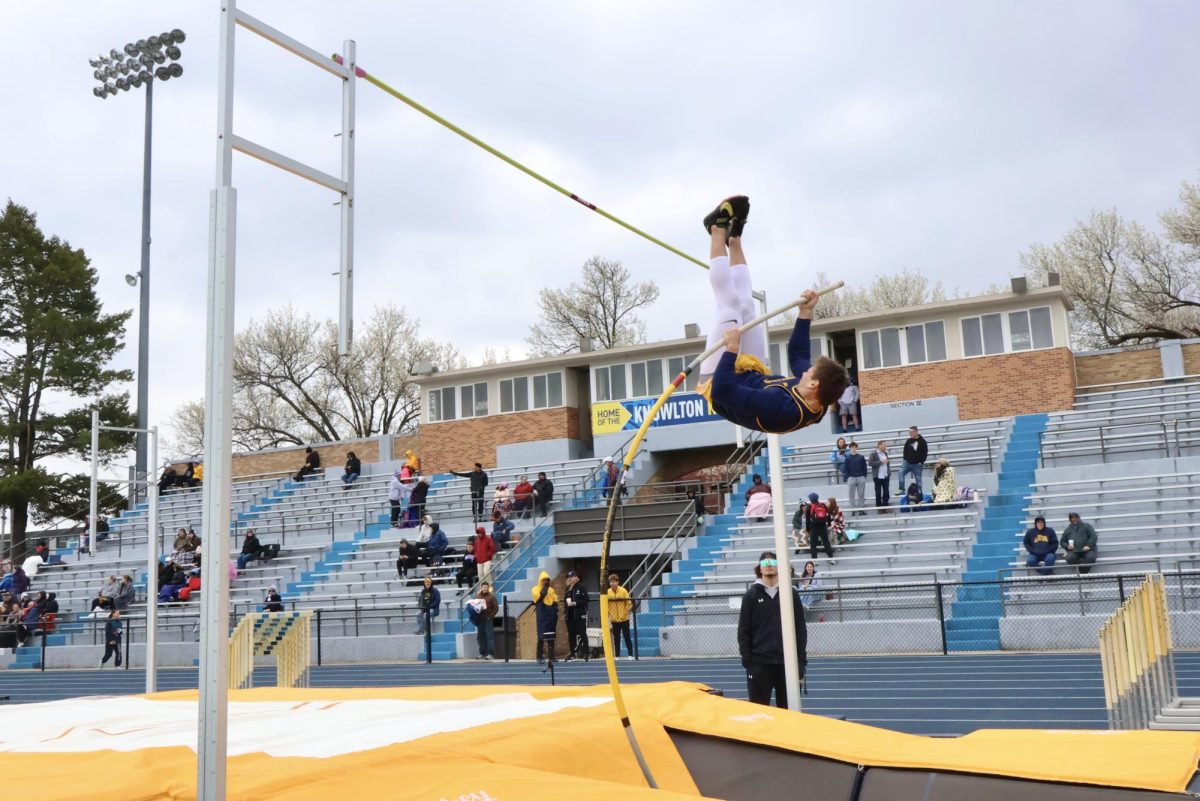
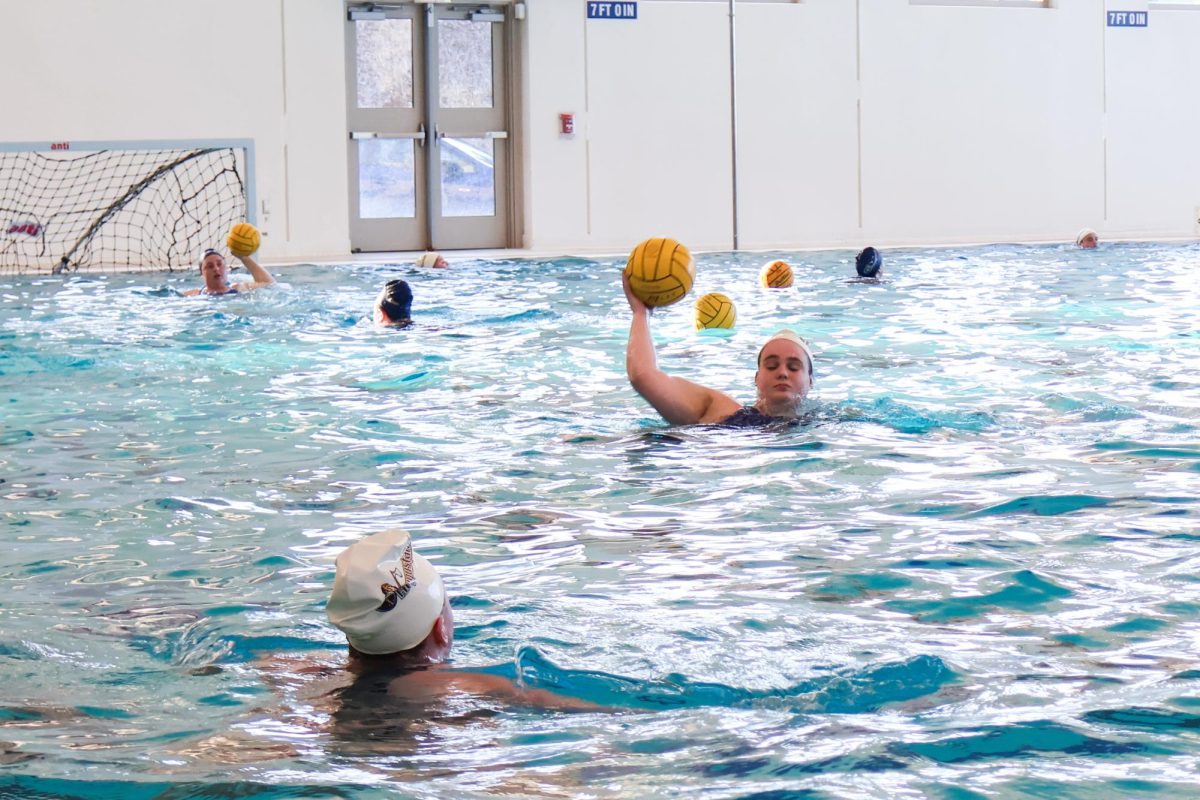


































































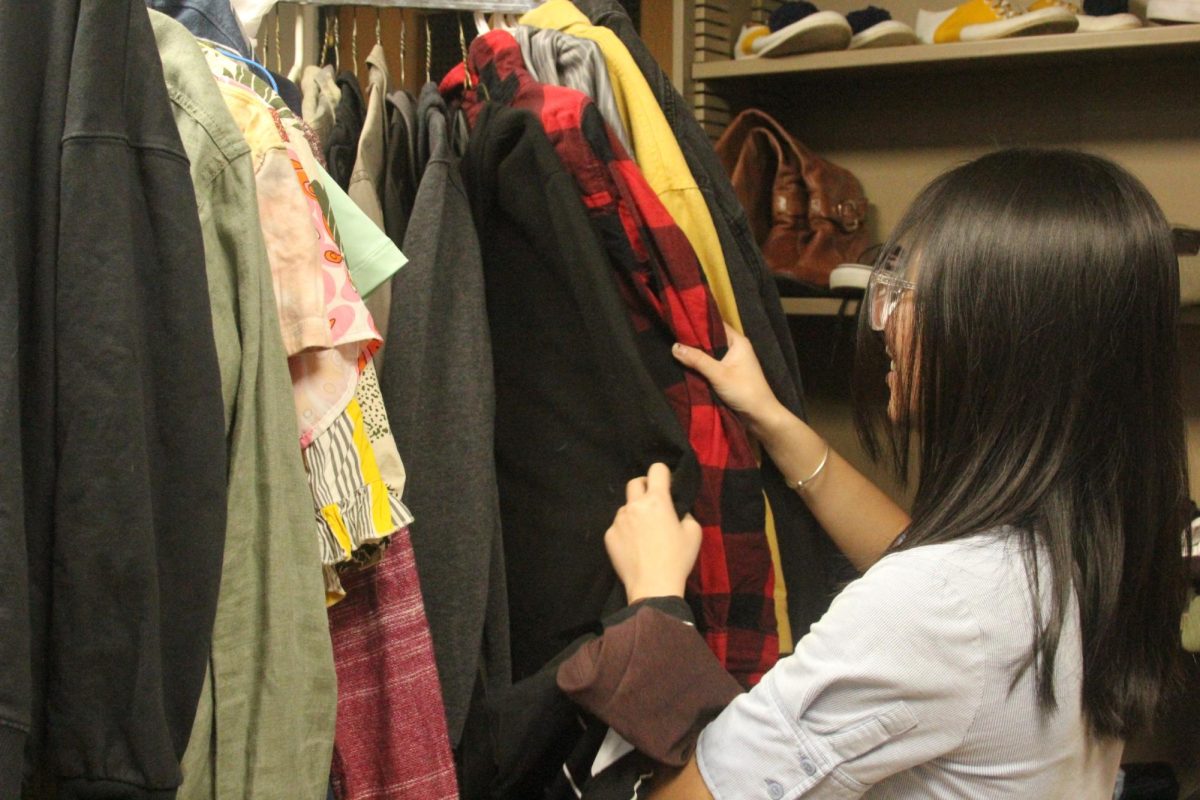


Michelle O'Neill • Apr 9, 2021 at 5:50 pm
Excellent article, Brady! We miss you at WVIK and wish you the best!